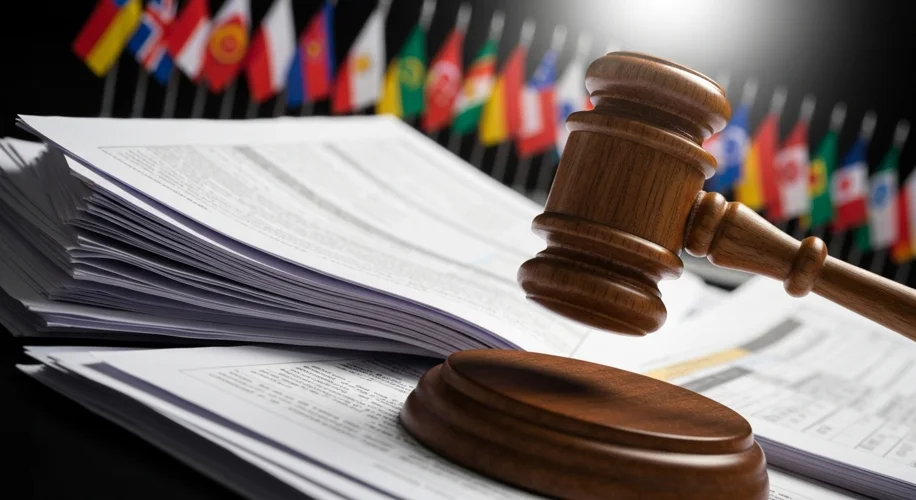It’s not every day you see a major trade policy challenged and, in this case, found to be outside the bounds of established law. But that’s exactly what happened recently when a U.S. appeals court ruled against the global tariffs imposed under the Trump administration. This decision, dated August 26, 2025, is a significant moment, not just for international trade law, but for how we think about economic policy.
Let’s break down what happened and why it matters.
The Core Issue: Authority and Legality
At its heart, this ruling deals with who has the power to impose these kinds of tariffs and under what specific circumstances. The tariffs in question were broad, affecting a wide range of goods from various countries. The legal challenge argued that these tariffs went beyond the authority granted by Congress to the executive branch.
International trade law, and U.S. law implementing it, typically outlines specific procedures and justifications for imposing tariffs. These aren’t meant to be arbitrary tools. Laws like the Trade Act of 1974 provide certain powers, but they usually come with constraints. The appeals court essentially found that the administration’s actions exceeded these statutory limits.
Economic Ripples: More Than Just Prices
Tariffs are often discussed in terms of their immediate impact on consumer prices – higher costs for imported goods. But their reach is far broader. When tariffs are imposed, especially broadly and unpredictably, they create uncertainty. Businesses that rely on imported components or materials face higher costs and unpredictable supply chains. This can stifle investment and slow down economic growth.
Conversely, a ruling that upholds the rule of law in trade can bring a sense of stability. Businesses can plan with greater confidence. It also reinforces the idea that trade policies should be predictable and based on established legal frameworks, rather than subject to sudden executive decisions. This stability is crucial for fostering global economic cooperation and investment.
Impact on Trade Agreements and Policy
This decision also has implications for international trade agreements, such as those managed by the World Trade Organization (WTO). These agreements are built on principles of fairness, predictability, and non-discrimination. When a major economy like the United States takes actions that appear to violate these principles, it can undermine the entire system.
By reaffirming that executive actions must align with congressional intent and existing trade law, this ruling strengthens the framework of international trade. It suggests a return to a more predictable approach, where policy changes are made through established legislative processes or within the clear boundaries of existing international commitments.
Looking Ahead: A More Stable Future?
From my perspective, as someone who has seen how technology and policy intersect, this ruling is a welcome reminder of the importance of well-defined legal and economic structures. While the goal of protecting domestic industries is understandable, the means by which it’s achieved matter significantly. Unilateral, broad-stroke tariffs can often do more harm than good by disrupting global supply chains and creating uncertainty.
This decision doesn’t mean tariffs are off the table entirely. Congress can, and often does, pass legislation to adjust trade policy. But it does mean that such actions must follow the established legal pathways. It’s a step towards ensuring that trade policy is driven by considered economic strategy and legal authority, rather than by more volatile political impulses.
This interplay between law, economics, and policy is complex, but understanding these rulings helps us see how our global economic interactions are shaped. It’s a good reminder that even in the fast-paced world of international trade, the rule of law provides a vital anchor.

